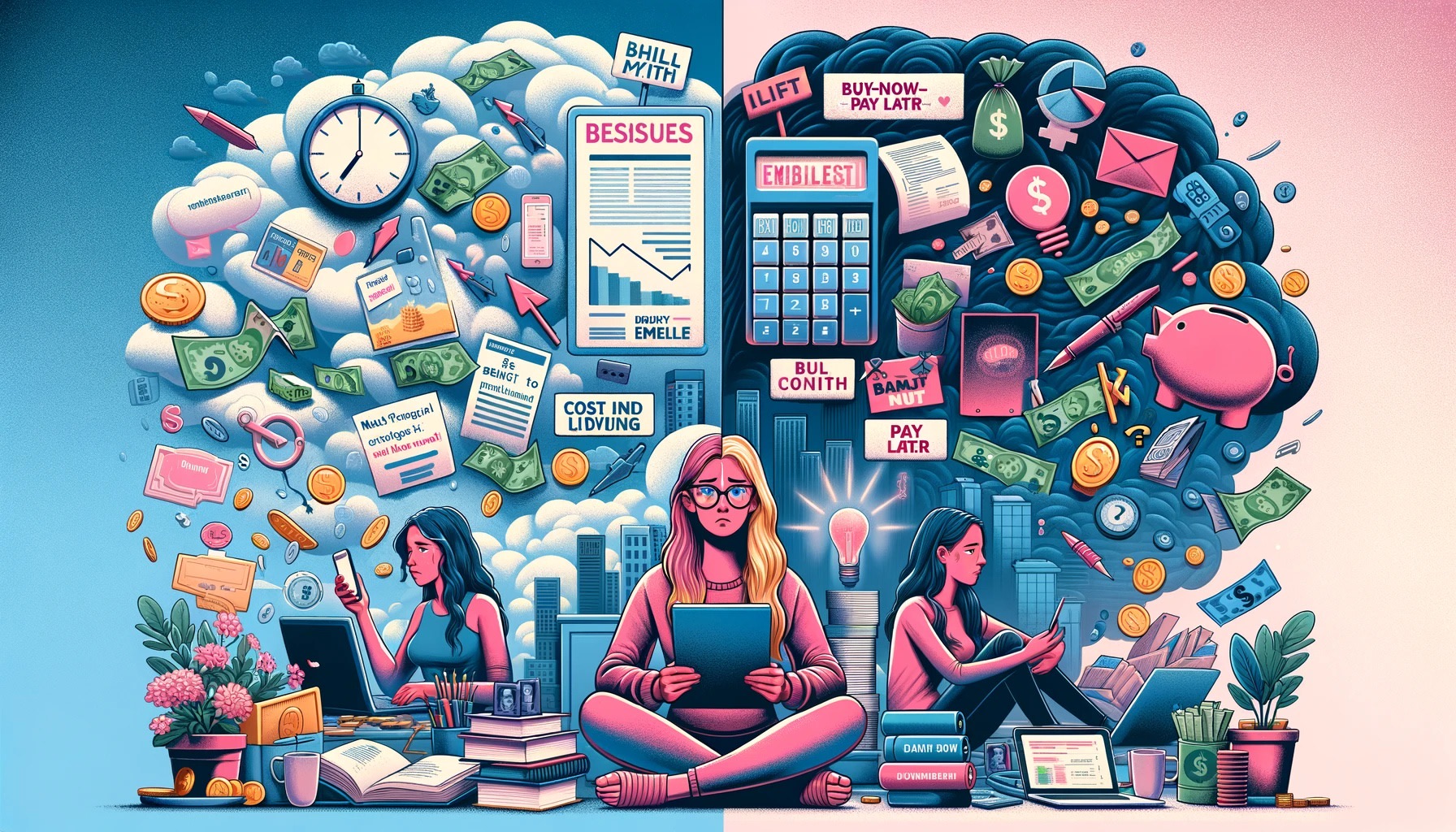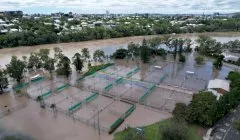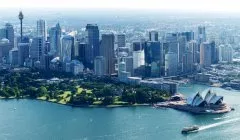Invest
Household spending surges led by retail and recreation
Spending on retail, recreation and hospitality have continued to climb as COVID-19 case numbers and restrictions have eased.
Household spending surges led by retail and recreation
Spending on retail, recreation and hospitality have continued to climb as COVID-19 case numbers and restrictions have eased.

The Australian Bureau of Statistics (ABS) has reported a 7.7 per cent increase in household spending between February 2021 and February 2022.
Clothing and footwear recorded the biggest lift with a rise of 20.2 per cent, according to the ABS figures, ahead of recreation and culture (17.8 per cent), hotels, cafes and restaurants (15.6 per cent), and transport (15.4 per cent).
“Household spending increased in seven of the nine spending categories in February 2022, compared to February 2021,” commented ABS head of macroeconomic statistics Jacqui Vitas.
"The only categories with decreased spending over the same period were on alcoholic beverages and tobacco (-10.3 per cent) and miscellaneous goods and services (-0.8 per cent).”

Over the year, spending rose by 7.6 per cent for food, 7.1 per cent for furnishings and household equipment, and 2.2 per cent for health.
Every state and territory saw an increase annually, including the biggest rise of 13.9 per cent in Victoria on the back of much higher spending on hotels, cafes and restaurants (35.7 per cent), clothing and footwear (35 per cent) and transport (30.3 per cent).
Western Australia recorded the next biggest annual rise of 12.1 per cent, driven by greater spending on transport (25.3 per cent), hotels, cafes and restaurants (22.6 per cent) and recreation and culture (22.0 per cent).
“Fewer COVID-19 cases in February, alongside the further easing of restrictions over the month saw increased spending in recreation, hospitality and retail venues,” said Ms Vitas.
Household spending in the Northern Territory moved only 0.6 per cent over the period, however, the ABS noted that the territory had recovered from the decline seen in January.
NSW saw the second weakest annual lift (3.3 per cent), trailing Queensland (5 per cent), the ACT (5.6 per cent), South Australia (6.3 per cent) and Tasmania (8.1 per cent).
Compared to pre-pandemic estimates from January 2020, the ABS said that household spending had increased 5.6 per cent in current price, calendar-adjusted terms.
Spending on health is up 25.4 per cent on pre-pandemic levels, the biggest increase out of all categories, followed by a 13.4 per cent lift for food and a 12.2 per cent rise for furnishings and household equipment.

Spending
Moneysmart study reveals Gen Z women more concerned about finances than men
A new research conducted by ASIC’s Moneysmart has unveiled the heightened levels of stress and concern regarding finances and the cost of living among Australian Gen Z women compared to their male ...Read more

Spending
The cost of politeness: Aussies out of pocket by $1,350 due to 'awkward tax'
It's the time of year when Australians dive into their pockets for festive events and gatherings, yet a recent study by PayPal suggests that many are too polite, or perhaps too embarrassed, to ask for ...Read more

Spending
Aussies can ‘NAB Now Pay Later’ with the last major bank to embrace BNPL
NAB has become the latest bank to enter the BNPL market. Read more

Spending
Aussie households spent $368 a week on transport after petrol price surge
Fuel costs have increased by 40 per cent over the past year, a new report from the Australian Automobile Association has revealed. Read more

Spending
Voters say reducing the cost of living should be the government’s top priority
Aussies have ranked high cost of living as the top issue that needs to be addressed by the next government. Read more

Spending
Bodies back Labor’s commitment to stronger BNPL regulation
All parties should commit to stronger regulations for the BNPL sector, according to Financial Counselling Australia. Read more

Spending
Banks extend financial assistance to flood-affected customers
A range of assistance is available from major banks to those impacted by flooding in NSW and Queensland. Read more

Spending
Sydney ranks among top data centre markets in the world
Sydney ranked eighth globally and clinched the third spot in the Asia-Pacific data centre market as the industry continues to expand at a breakneck speed. Read more

Spending
Moneysmart study reveals Gen Z women more concerned about finances than men
A new research conducted by ASIC’s Moneysmart has unveiled the heightened levels of stress and concern regarding finances and the cost of living among Australian Gen Z women compared to their male ...Read more

Spending
The cost of politeness: Aussies out of pocket by $1,350 due to 'awkward tax'
It's the time of year when Australians dive into their pockets for festive events and gatherings, yet a recent study by PayPal suggests that many are too polite, or perhaps too embarrassed, to ask for ...Read more

Spending
Aussies can ‘NAB Now Pay Later’ with the last major bank to embrace BNPL
NAB has become the latest bank to enter the BNPL market. Read more

Spending
Aussie households spent $368 a week on transport after petrol price surge
Fuel costs have increased by 40 per cent over the past year, a new report from the Australian Automobile Association has revealed. Read more

Spending
Voters say reducing the cost of living should be the government’s top priority
Aussies have ranked high cost of living as the top issue that needs to be addressed by the next government. Read more

Spending
Bodies back Labor’s commitment to stronger BNPL regulation
All parties should commit to stronger regulations for the BNPL sector, according to Financial Counselling Australia. Read more

Spending
Banks extend financial assistance to flood-affected customers
A range of assistance is available from major banks to those impacted by flooding in NSW and Queensland. Read more

Spending
Sydney ranks among top data centre markets in the world
Sydney ranked eighth globally and clinched the third spot in the Asia-Pacific data centre market as the industry continues to expand at a breakneck speed. Read more









